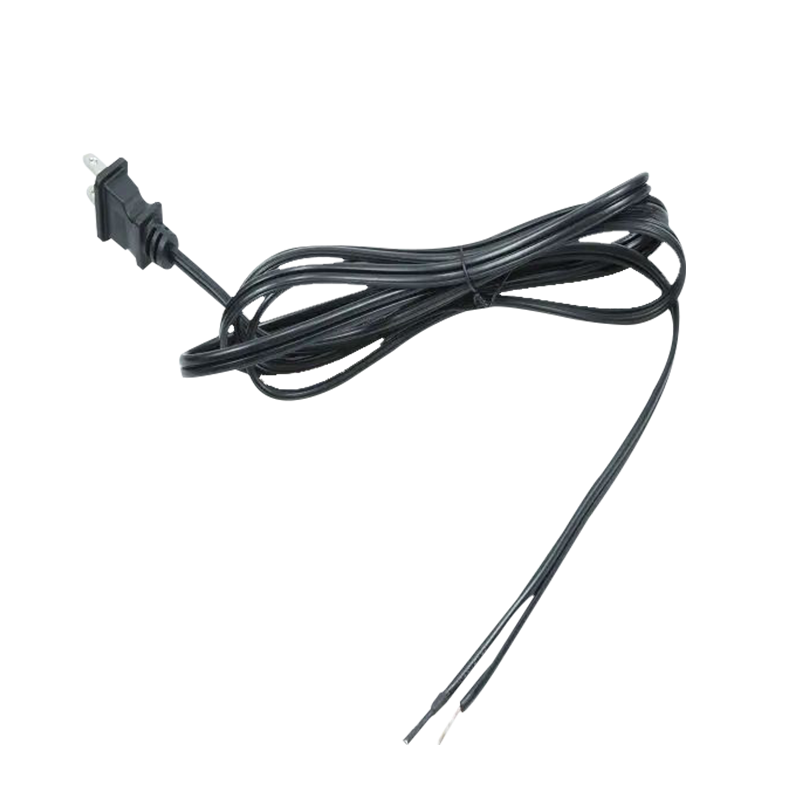When evaluating connector compatibility for a Power Connection Cable with the intended electrical equipment or system, several important factors should be considered:
Ensure the connector type (e.g., plug, socket, terminal) matches the input/output ports of your equipment. Common types include IEC connectors, NEMA plugs, and proprietary connectors for specific devices.Verify that the shape and size of the connectors physically fit the ports on the equipment without forcing the connection.
Check the number and arrangement of pins in the connector. Using a connector with the wrong pin configuration can lead to misalignment or malfunction.Ensure that the cable provides the correct ground, live, and neutral connections to match the equipment's power requirements.
Make sure the connector is rated for the same voltage and current as the equipment. A mismatch can lead to overheating, arcing, or connector failure. For high-power devices, ensure that the connector can handle the increased current load.
Double-check the polarity of the connector to avoid reverse connections. Incorrect polarity can damage sensitive equipment or cause electrical hazards.
For industrial or high-vibration environments, consider connectors with a locking mechanism to prevent accidental disconnection. Ensure that the locking mechanism is compatible with the port on the equipment.
If the equipment is used outdoors or in harsh environments, the connectors may need to be weatherproof or have an IP rating (e.g., IP67) for protection against dust and water ingress. Verify whether the connectors need shielding for electromagnetic interference (EMI) or resistance to corrosion.
Check whether the connector follows industry standards such as IEC or NEMA, ensuring it fits standard ports.If you are using international equipment, ensure that the plug types (e.g., Type A, Type C) are compatible with local power systems.

Assess whether the connectors can handle the mechanical stress of frequent plugging and unplugging, particularly in commercial or industrial applications.Look for connectors that are built with durable materials, like heavy-duty plastic or metal, to ensure longevity.
Ensure that the connectors can handle heat dissipation without overheating, especially in high-power applications.Poor-quality connectors may cause power loss or excessive heat during operation, which can be a safety concern.
By paying close attention to these factors, we can ensure a safe and reliable connection between the power cable and the equipment.



 English
English русский
русский















